Use This Simple Acronym to Boost Team Engagement
It’s frustrating when our team is not engaged or on the same page. It saps our energy.
The harsh reality is that as leaders, we all too often assume that our people are committed long before they’re ready.
We assume they’re committed to a specific plan, an initiative, or even to our vision. We expect them to own their responsibilities, and we try to hold them accountable — and then we wonder why we get the "deer-in-the-headlights" look when we challenge them.
Accountability doesn’t work unless someone has personally made a commitment first. As leaders, we can’t hold team members accountable unless they have clearly said “yes, this is something I want to do.” So how do we engage our people to higher levels of commitment and avoid this critical disconnect?
A Solution for Engagement
Prior to joining Building Champions, I was an executive at a large forest products producer in Canada. An operations consultant introduced us to a model called E.A.C. — Enrollment, Alignment and Commitment. It was a game-changer for the company.
We eventually used E.A.C. for everything from major projects like acquisitions, all the way down to tactical decisions at the plants.
Here’s how it works. We can’t expect people to be fully and personally committed to something until they understand the details of a particular plan or decision — and are aligned behind those details. And we can’t expect them to be aligned until they are first enrolled in the idea that this project or plan is important in the first place.
-
Ensure Enrollment
The first step is to get people enrolled — and "on board," as it were — in just the same way someone enrolls in college. These people have decided they are in but don’t necessarily know all the details of what they are committing to. To get your team enrolled, you need to explain why a particular vision or project is important, convey how it is going to help move everything forward and answer their questions so they can see the big picture context.
Then you need to test for enrollment. Having spent an appropriate amount of time explaining the idea (and obviously that could vary a lot depending on the complexity) you can ask a question like “On a scale of 1-10, how enrolled are you in this particular project?” If anyone is less than an 8 out of 10, ask “What is it going to take to get you to an 8 or above?” That way you can understand the concerns that cause the gap, discuss them and work through them until you get the enrollment you need.
-
Pursue Alignment
Once they are enrolled, it’s time to develop the details of the plan. People can’t get aligned behind something unless they see and understand the details, and ideally have a hand in creating them. As author Patrick Lencioni says, “If people don’t weigh in, they can’t buy in.”
This will normally be the longest part of this process, but if you don’t take the time here to make sure the team really understands the required level of detail, you will lose a lot more time in the future. It’s key to then test again for their alignment using the 1-to-10 scale, ensuring that all are at least an 8 or above before moving to the commitment stage.
-
Specify Commitment
Having aligned the team members behind a plan, they need to understand what role they will play in making it happen. What are they individually responsible for? What is it they are committing to? Do they know what it’s going to take in terms of time and effort? And what are they going to have to say "no" to in order to say "yes" to this?
Testing again for their commitment with the 1-to-10 scale really helps uncover doubts and concerns, and when objections or obstacles are removed, the team member is fully committed to doing their part to make the project successful.
Put it to Work
Investing the time to follow this process can save you from a lot of wasted time and energy later. And it definitely ensures higher levels of team engagement as well as individual commitment. Then you can hold people accountable, which is always key to performance.
Just being intentional about where people are in the hierarchy of commitment makes a huge difference in delivering success with your desired outcomes. Try it and see for yourself.
